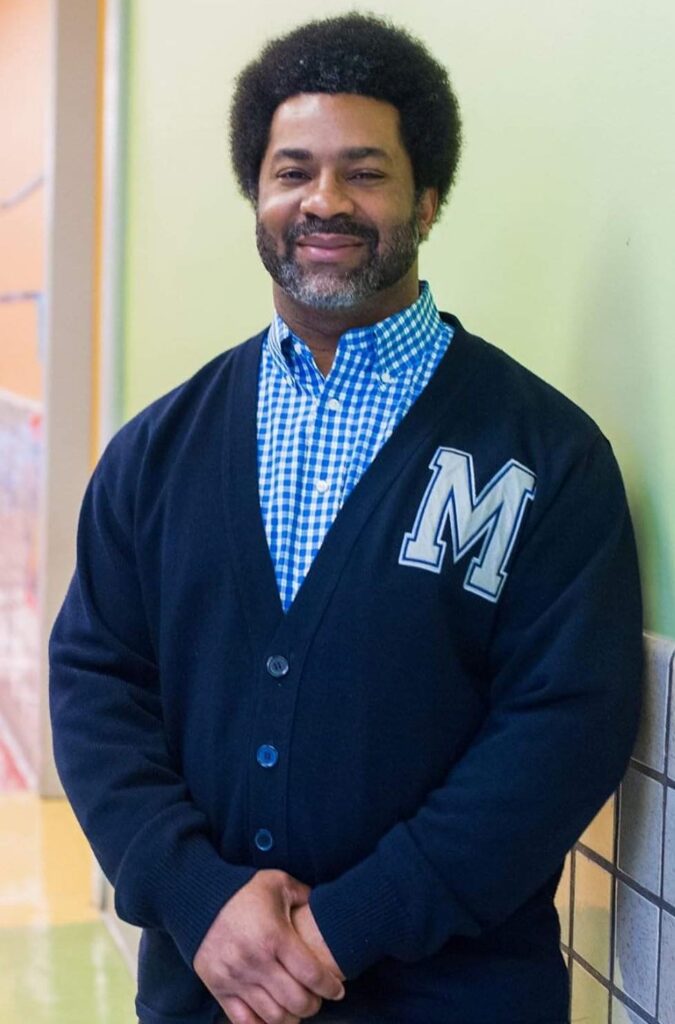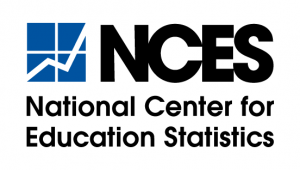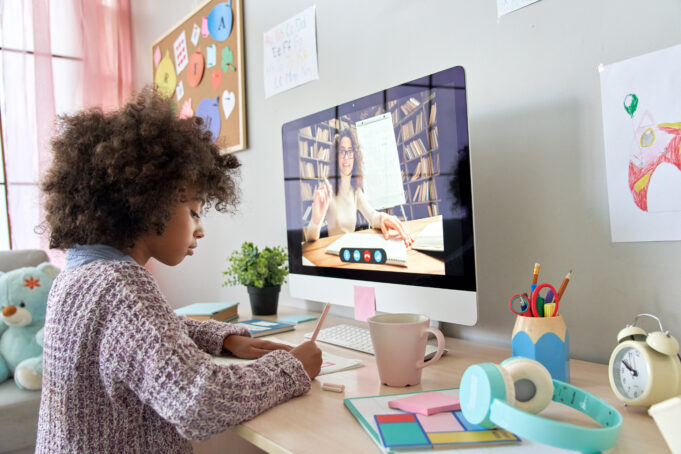WASHINGTON—Online learning according to researchers has left many students with learning loss in math and reading. Is this learning loss real or another reflection of the systemic oppression Black and children of color face with majority White teachers in classrooms where these children are undervalued and overdisciplined or both?
“When districts shifted to remote instruction, students in high-poverty schools were most negatively impacted,” said Thomas J. Kane, faculty director at the Harvard Center for Education Policy Research. “School districts urgently need to reassess their plans and ensure that the scale of their catch-up efforts matches the magnitude of their students’ losses. If they don’t, we will see the largest widening in educational inequity in a generation.”
Researchers from the Harvard Center, the Center at the American Institutes for Research, the Northwest Evaluation Association and Dartmouth examined testing data from 2.1 million students, between third and eighth grade, in nearly ten thousand schools in 49 states and the District of Columbia. They found that within school districts that were remote for most of 2020-21, high-poverty schools lost a half-year of achievement growth, roughly twice as much as low-poverty schools in the same districts.
“At high-poverty schools that stayed remote, students lost the equivalent of 22 weeks. Racial gaps widened too: In the districts that stayed remote for most of last year, the outcome was as if Black and Hispanic students had lost four to five more weeks of instruction than white students had,” explained Dr. Kane.
The Harvard learning loss report is questioned by educators with extensive experience working with high poverty students. Sharif El Mekki is the founder of the Center for Black Educator Development. The organization develops Black teachers to increase their numbers in the public school system.

“Learning loss is one of those terms that people latch onto. One of the biggest problems in American schools and society is no one wants to take accountability. It’s very easy to point at something else as the boogeyman. The real problem is the education system,” he told The Final Call.
“The research says that learning loss for Black children actually occurs in pre-K, when a Black three- or four-year-old experiences their teachers’ biases or racism. Research also shows that some of the most significant learning loss happens with gifted Black students. By the time they matriculate to third or fourth grade, they’ve lost so much, because of the low expectations that people have on them,” said Mr. El Mekki.
“Covid had a colossal impact on students. But too often, people think public education was great before this happened. However, it was horrific before Covid happened. Online learning just exposed the discrepancies between what people say about their systems and what’s actually being experienced by students.”
Mr. El Mekki explained that virtual learning affects children differently and students’ relationships with their teachers exposed the school community. Distance learning revealed a lack of caring relationships in person that was transferred online with the lack of high expectations.
According to the National Center for Education Statistics, of the 49.4 million students enrolled in public schools in fall 2020, some 22.6 million were White, 13.8 million were Hispanic, 7.4 million were Black, 2.7 million were Asian, 2.2 million were of two or more races, 0.5 million were American Indian/Alaska Native, and 180,000 were Pacific Islanders.

The National Center for Education Statistics also found that 79 percent of public-school teachers were White and non-Hispanic, about nine percent of teachers were Hispanic (of any race), and seven percent were Black and non-Hispanic. Further, most teachers were White in schools where a majority of students were Hispanic (54 percent), Black (54 percent), Asian (60 percent), or American Indian/Alaska Native (61 percent). A larger percentage of teachers were White than of the same race/ethnicity as the majority of students.
Leonard Muhammad is the founder of The Superlative Club. He consults with principals around the country to ensure they are providing the best services for their students. He told The Final Call there have been challenges but also some gains.
“There has definitely been some learning loss, but there has also been significant growth and accelerated learning in other areas. There has been loss of the basic fundamentals received in a school setting. This means the loss of things that require memorization, but many skills have not been lost. If I learned the skill of adding numbers, that’s not lost. However, if I memorized addition facts, seven plus six is 13, that memorization could be lost because I’m not practicing the memorization,” explained Mr. Muhammad.
“However, I’ve seen a heightened level of social skills in how to navigate difficult situations. Our young people are very resilient, and they exhibit a lot of strength in ways that other generations have not had to do. While consulting with a D.C. school, I worked remotely with a group of seven grade school students. I was in North Carolina, and they were in D.C. This is during the height of the pandemic and the resiliency that those students exhibited by showing up every day, and engaging in conversations, demonstrated their interest was shifting and changing. The human brain doesn’t stop working. It just adapts,” he explained.
Some educators point out that learning loss and achievement gaps have become controversial buzz words for researchers to describe the experiences of children of color in public schools. Simon Miller is a middle school section leader in Rockville, Md. He told The Final Call, there is no learning loss and no achievement gap.
“The differences between students at well-resourced schools and poorly resourced schools is expected. Calling these differences an achievement gap ignores the generational wealth and opportunities White students have. Public education is not equitable. An equitable system means decentering racist outcomes from test scores and providing resources to the schools that need them the most,” he argued.
“There is a loss of social engagement. Students missed out on opportunities to be in clubs, play on sports teams, engage with teachers outside of academic content, and the loss of speaking with a trusted adult. As a result, students experienced stunted social growth; 8th graders returned to in person learning as 10th graders—they missed out on their freshmen year of high school. There were essentially two sets of 9th graders at the same time,” said Mr. Miller.













